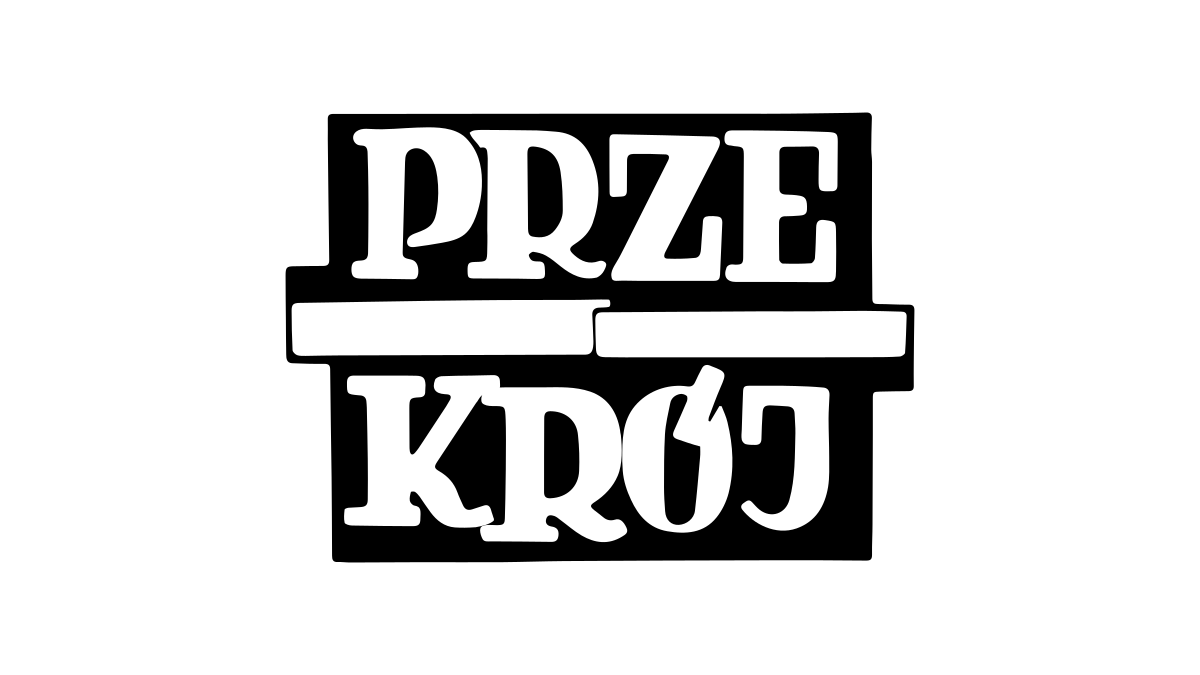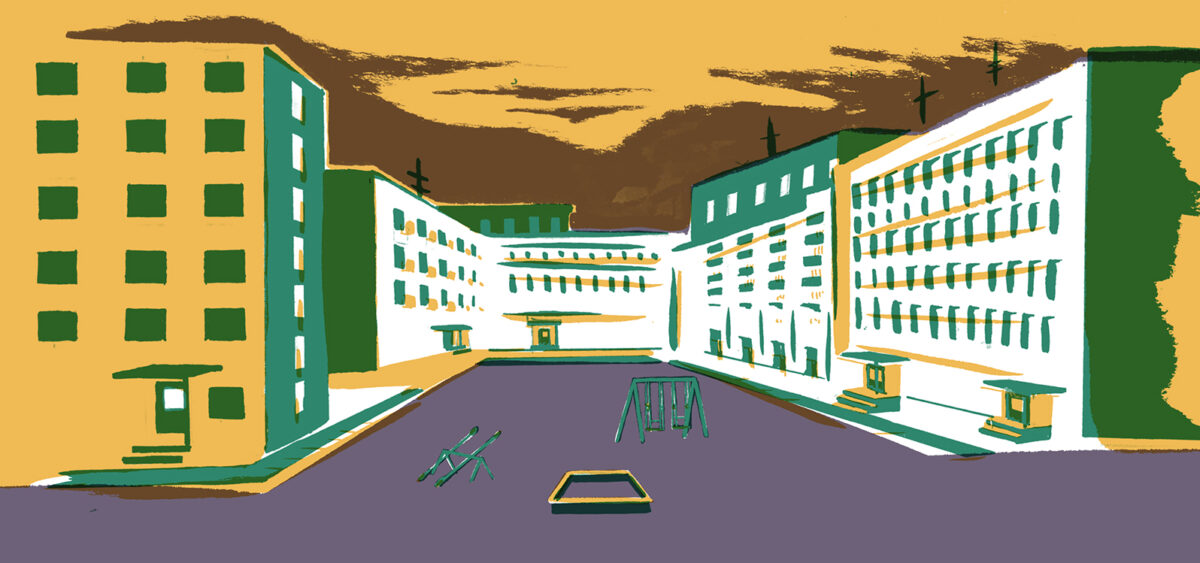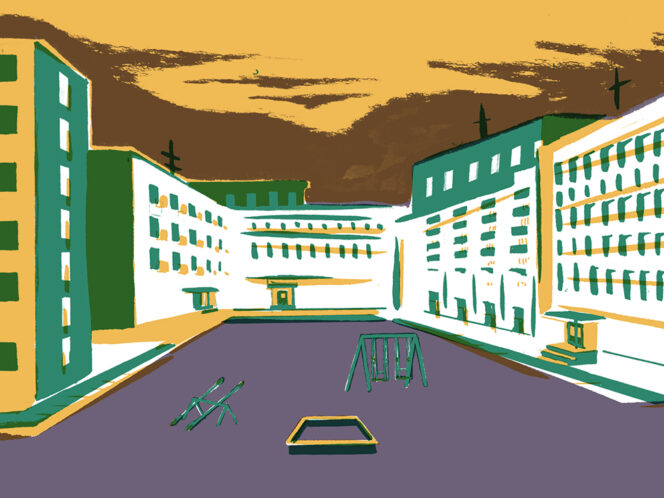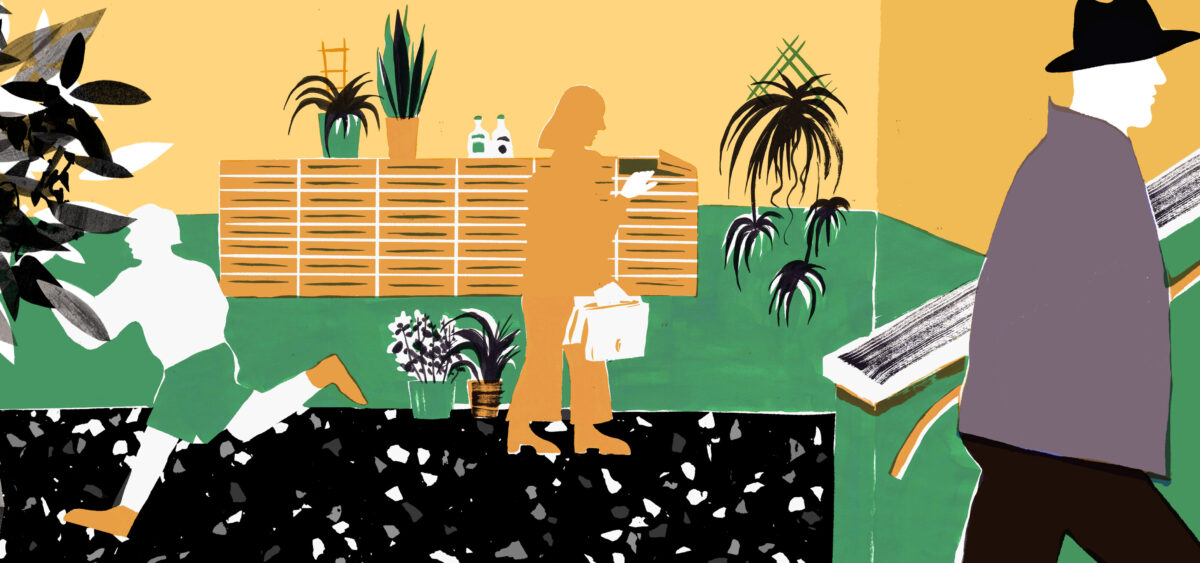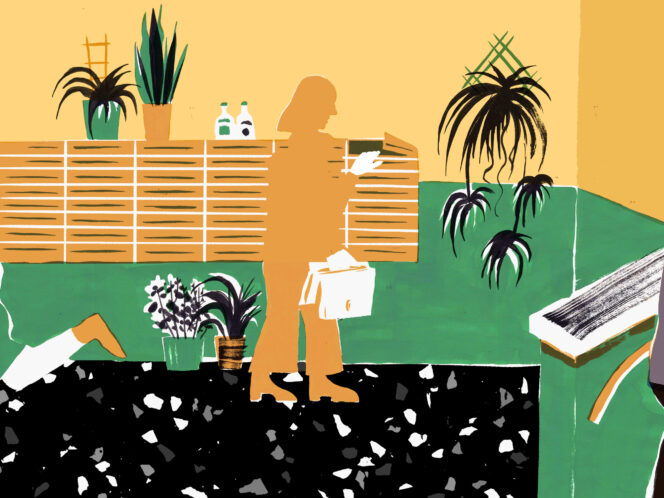
I grew up and spent twenty years of my life in Dnipro—the fourth largest city in Ukraine, standing in the south-central part of the country, with about one million inhabitants. Dnipro is an industrial city with dozens of factories, producing everything from iron constructions, concrete blocks and passenger carriages, to medical equipment, military machines and rocket engines.
After World War II, thousands of scientists and engineers moved to Dnipro from Moscow and other big cities to renew and develop its manufacturing sector. The authorities had to solve the housing issue quickly. Many panel buildings, built of pre-fabricated concrete blocks, arose across Dnipro in no time. The workers—just like in any other Soviet city of the time—could queue up, sign, and get an apartment for free. That’s how my grandparents, my mum and finally me ended up living in one such block of flats.
I call a nin
